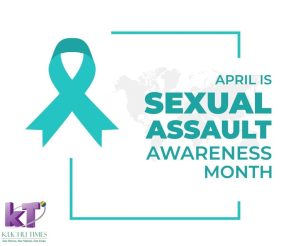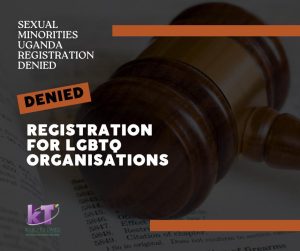Chest binding is an everyday routine for some queer people. A number of transgender men, intersex and gender nonconforming persons use this technique to minimize the appearance of their breasts to form a flat chest that makes it easier for them to fit especially in public spaces as one's correct gender. While few transmen don't bind, others are dysphoric without it even within their own personal spaces. This means that binding is not only a necessity to enable them wear masculine clothes so that they can pass as the male gender, but also it is a source for their psychological well-being. Even though it is a positive experience that contributes to the improvement in one's mood, boosts their esteem and minimizes gender dysphoria because they feel in charge of their own bodies, binding can cause complications to an individual's physical health.
The tightness around the chest area can lead to shortness in breaths that results to lung constrictions. Due to the pains in the different parts of the body like in the back, spine, chest and ribs, this causes postural issues which can affect one's mobility. Other negative impacts are overheating in the body, sweating and itching which can contribute to yeast infections. Unsafe binding can also cause bruises that leave lifelong scars and also permanently deform one's breasts. Incorrect practices like layering multiple binders on top of each other or using a binder that's too small to accomplish complete flatness of the chest is dangerous. Besides, most people that bind rarely seek for medical attention despite the discomfort and negative impacts because they feel the effects are worth the emotional relief and safety they derive from the process.
Binding can be safe if it is done carefully and responsibly. Firstly, avoid Do It Yourself binders like duct tape, elastic or non elastic bandages, strips of cloth and other similar alternatives. The size of a binder is also of greatest importance. Find the right size binder that is comfortable and not extremely tight. Ensure that you can take deep breaths while you wear it. If you can't breathe, then it doesn't fit. Don't wear a binder for too long, at least not more than 10 hours a day whether it is a full work or school day. Always keep your binder clean and dry to prevent itching and rashes. In case of pains, itchiness, sweat or any discomfort, take a break and have "off days" from binding. It is not advisable to bind while you sleep or going on a flight for several hours. For those who hit the gym, sports or compression bras are viable alternatives during work out sessions because exercising in a binder limits lung capacity and causes overheating. It is also recommendable that you stay well hydrated and practice stretching exercises to reduce on the discomfort around your chest.
Finally, medical practitioners need to be educated on the benefits and impacts of binding. Fact is there is low awareness about it among the medical professionals and few of those who know about it are not really sure about how to assess it clinically or the safer binding practices to recommend. This can contribute to potential health hazards for those who bind, and yet there is lack or minimal access to medical assistance that can mitigate the occurrence of such negative side effects. Furthermore, those who bind deserve to take control of their health. They should have knowledge about the potential risks of binding so that they can make informed decisions on how to bind, for how long and how to do it safely which will maximize their physical and mental health.




